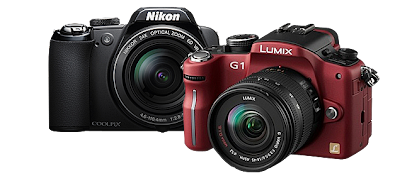Tuesday, November 20, 2012
The Canon PowerShot G series has been satisfying demanding photo enthusiasts for a number of years and the Canon PowerShot G11 is the most recent...
Compare, shop and buy Digital Cameras.












 FinePix F550EXR compact digital camera review
FinePix F550EXR compact digital camera review Digital Cameras for Children Review
Digital Cameras for Children Review Entry-Level DSLR Cameras Review
Entry-Level DSLR Cameras Review Point and Shoot Camera Review
Point and Shoot Camera Review Canon EOS 1D Mark IV - Camera Review
Canon EOS 1D Mark IV - Camera Review Professional DSLR Review
Professional DSLR Review Canon PowerShot G11 review
Canon PowerShot G11 review Panasonic Lumix DMC-G1 DMC G1 review
Panasonic Lumix DMC-G1 DMC G1 review Standard Digital Camera Review
Standard Digital Camera Review Waterproof Camera Review
Waterproof Camera Review Web Cam Review
Web Cam Review Logitech HD Webcam C510 Review
Logitech HD Webcam C510 Review